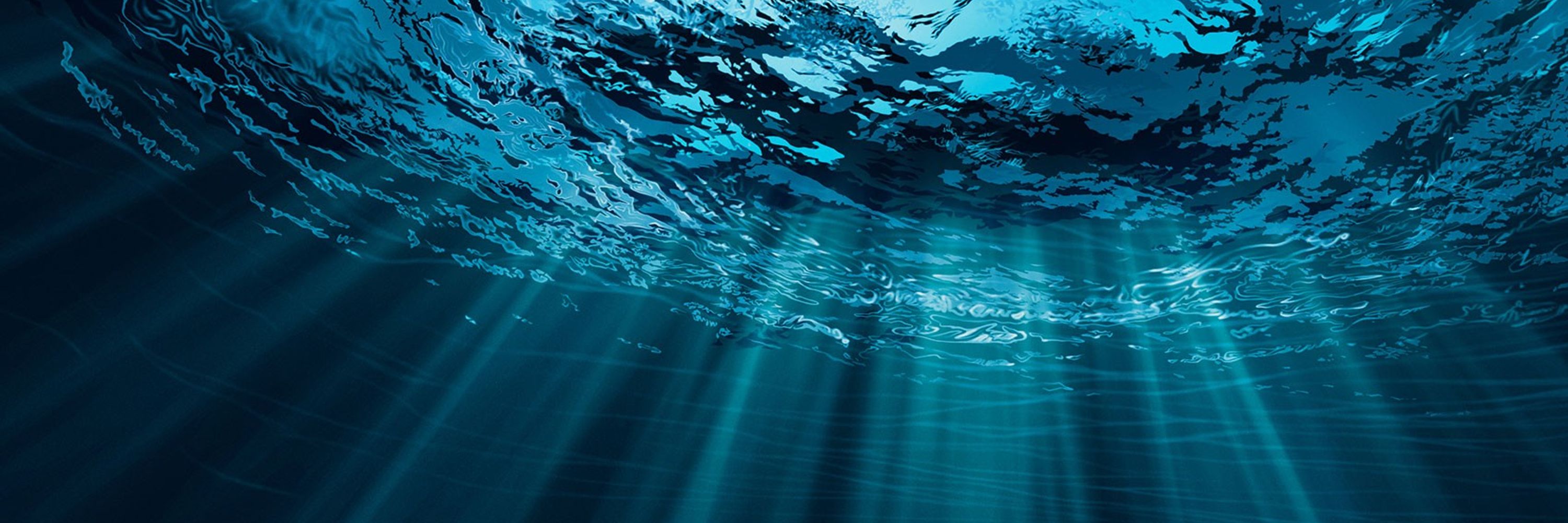Wet Tribe
@wettribe.bsky.social
6K followers
3.9K following
910 posts
We are surfers, sailors, divers, scientists, and activists on a hero’s journey to recover ocean plastic, restore habitat, and mitigate ocean warming & acidification.
Posts
Media
Videos
Starter Packs







































